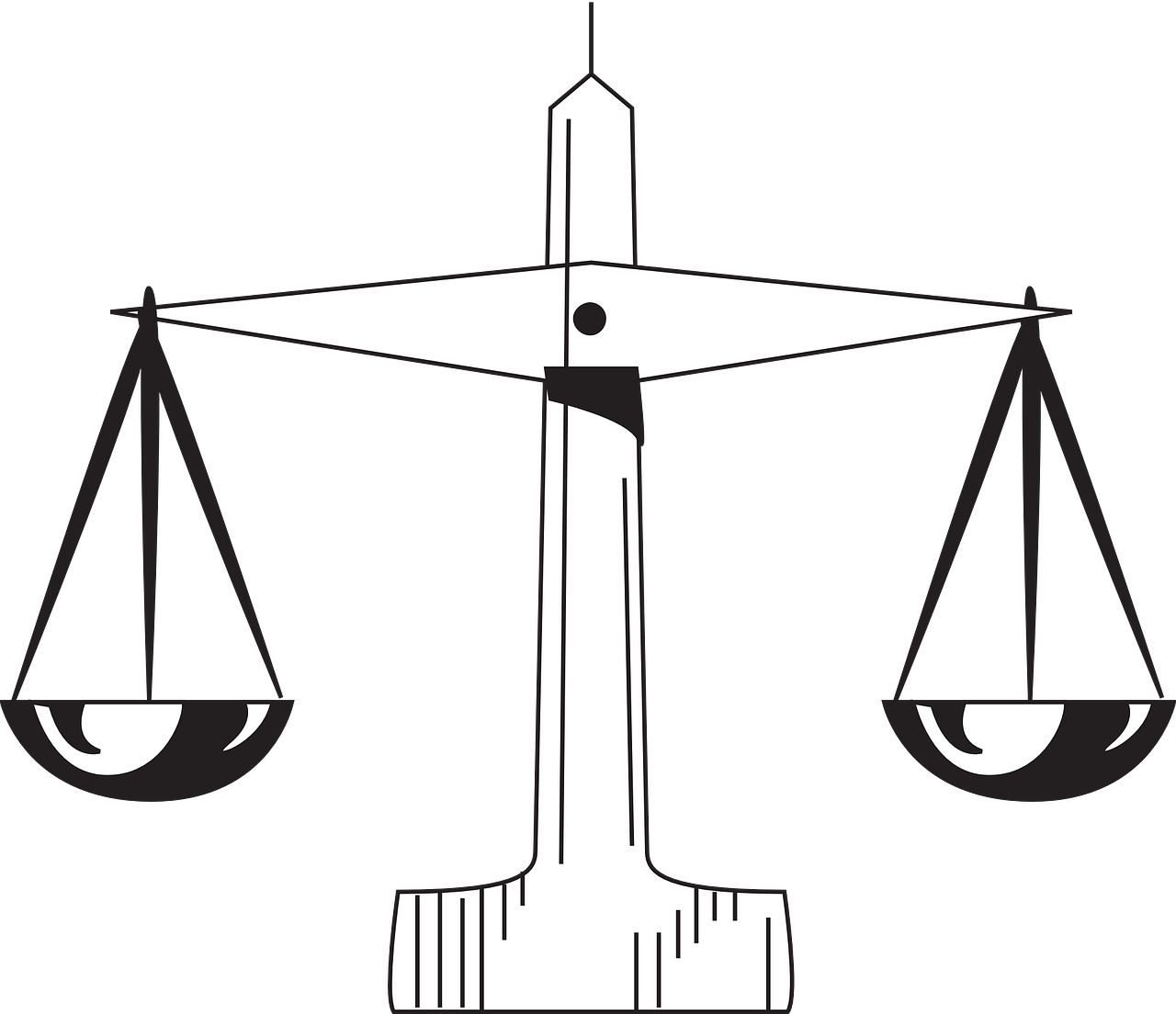What’s the Buzz About “Tinker v Des Moines Clipart”?
If you’ve ever wondered about the role of student rights in schools, the tinker v des moines clipart case is likely to ring a bell. But what does clipart have to do with it? Well, it turns out that this landmark case from 1969 continues to stir debates in education today, and finding visual representations—like Tinker v Des Moines clipart—can help bring those discussions to life.
But before we get into how this visual aid plays a role, let’s break it down. What’s the deal with the tinker v des moines clipart case, and why is clipart now a key player in illustrating its concepts?
The Heart of the Matter: What is tinker v des moines clipart?
In 1965, a group of students in Des Moines, Iowa, protested the Vietnam War by wearing black armbands to school. The school suspended them. The students, led by Mary Beth Tinker, fought back, and the case ended up in the Supreme Court.
In a landmark decision, the Court ruled that students don’t lose their First Amendment rights at school unless their actions significantly disrupt the educational environment. This case paved the way for more freedoms for students, but it also left room for debate about where free speech ends and disruption begins.

Why Use Tinker v Des Moines Clipart?
At first glance, you might wonder why anyone would need clipart to discuss a Supreme Court case. But here’s the thing: Visual aids like clipart make complex legal cases more accessible, especially for students or anyone looking to quickly understand the key points of a case.
Clipart can help highlight the students’ protest, their armbands, and the overall message they were trying to convey. By visually representing this iconic moment, the conversation shifts from theory to tangible imagery, which is crucial for educators, students, and activists alike.
How Tinker v Des Moines Clipart Helps in Education
Visual learning is powerful. Think about the way images can transform a dull textbook into an interactive lesson. Tinker v Des Moines clipart serves as a bridge between abstract legal principles and real-world application. When you see an image of a student wearing an armband, it’s easier to understand the weight of the protest. You get a sense of rebellion, free speech, and the fight for individual rights. Here’s how clipart can make a difference:
- Clarifies Complex Legal Issues: Legal jargon isn’t always the easiest to digest. Clipart simplifies the concepts, providing an immediate visual context.
- Engages Students: Students relate to images much faster than text. Whether you’re teaching high schoolers or college students, clipart makes the lesson stick.
- Illustrates Historical Moments: The Tinker v Des Moines case was pivotal in shaping student rights in schools. Clipart can capture that moment, making it more tangible.
Where to Find the Best Tinker v Des Moines Clipart
Finding the right clipart isn’t as easy as Googling “Tinker v Des Moines clipart.” You’ll want images that are respectful, accurate, and free to use. Here’s a quick list of sources where you can find top-quality clipart:
- Public Domain Image Libraries: Websites like PublicDomainVectors offer free clipart that is in the public domain, meaning you can use it without any copyright issues.
- Educational Platforms: Some educational websites provide clipart collections that are specifically designed to complement history and civics lessons. These might offer the best visuals to accurately portray the case.
- Google Images (Filtered for Usage Rights): You can search for clipart and filter by usage rights to ensure you’re using images legally.
How Does tinker v des moines clipart Relate to Today’s Students?
Fast forward to today, and students are still testing the limits of their free speech rights. Whether it’s wearing a controversial shirt or posting about a protest on social media, Tinker v Des Moines is still a cornerstone in the conversation about student rights. Imagine students today organizing protests about social justice or political issues in school—they’re likely protected under similar principles as those set forth in the Tinker case.
In this context, the message of Tinker v Des Moines isn’t just historical; it’s very much alive. The debate continues about where the line between expression and disruption should be drawn.

The Role of Tinker v Des Moines Clipart in Activism and Advocacy
tinker v des moines clipart isn’t just for the classroom. Activists and advocates use visuals to get their message across, especially in the age of social media. A powerful image of a student wearing an armband can symbolize the fight for free speech, helping raise awareness about current student activism and protests.
In fact, images like Tinker v Des Moines clipart can be the backbone of a campaign, helping to highlight the cause in a way that resonates with audiences of all ages. Whether it’s for a poster, an online meme, or an educational pamphlet, this kind of imagery is crucial for modern-day activism.
FAQs About Tinker v Des Moines Clipart
Q: Can I use Tinker v Des Moines clipart in my classroom?
A: Yes, as long as you’re sourcing the clipart from a free-to-use platform or one that provides usage rights for educational purposes, you can incorporate it into lessons or assignments.
Q: Is there any controversy surrounding tinker v des moines clipart today?
A: Yes, many debates continue about what constitutes “disruption” in schools. Social media and digital activism have brought new challenges, making this case a crucial reference point in modern discussions about student rights.
Q: Where can I learn more about the tinker v des moines clipart case?
A: Check out resources like Oyez for detailed case summaries, or educational websites dedicated to US Supreme Court decisions.
Wrapping It Up: The Power of Tinker v Des Moines Clipart
The Tinker v Des Moines case isn’t just a lesson in history. It’s a living example of how free speech continues to shape student life today. Whether you’re teaching a lesson, advocating for rights, or just trying to learn more about this pivotal moment, Tinker v Des Moines clipart helps make those big ideas accessible and memorable.
From classrooms to social media campaigns, clipart serves as a simple, effective tool for keeping this important conversation going. So next time you’re searching for the right visual to highlight the fight for student rights, don’t forget about Tinker v Des Moines clipart—it’s more than just an image; it’s part of an ongoing story.














Post Comment